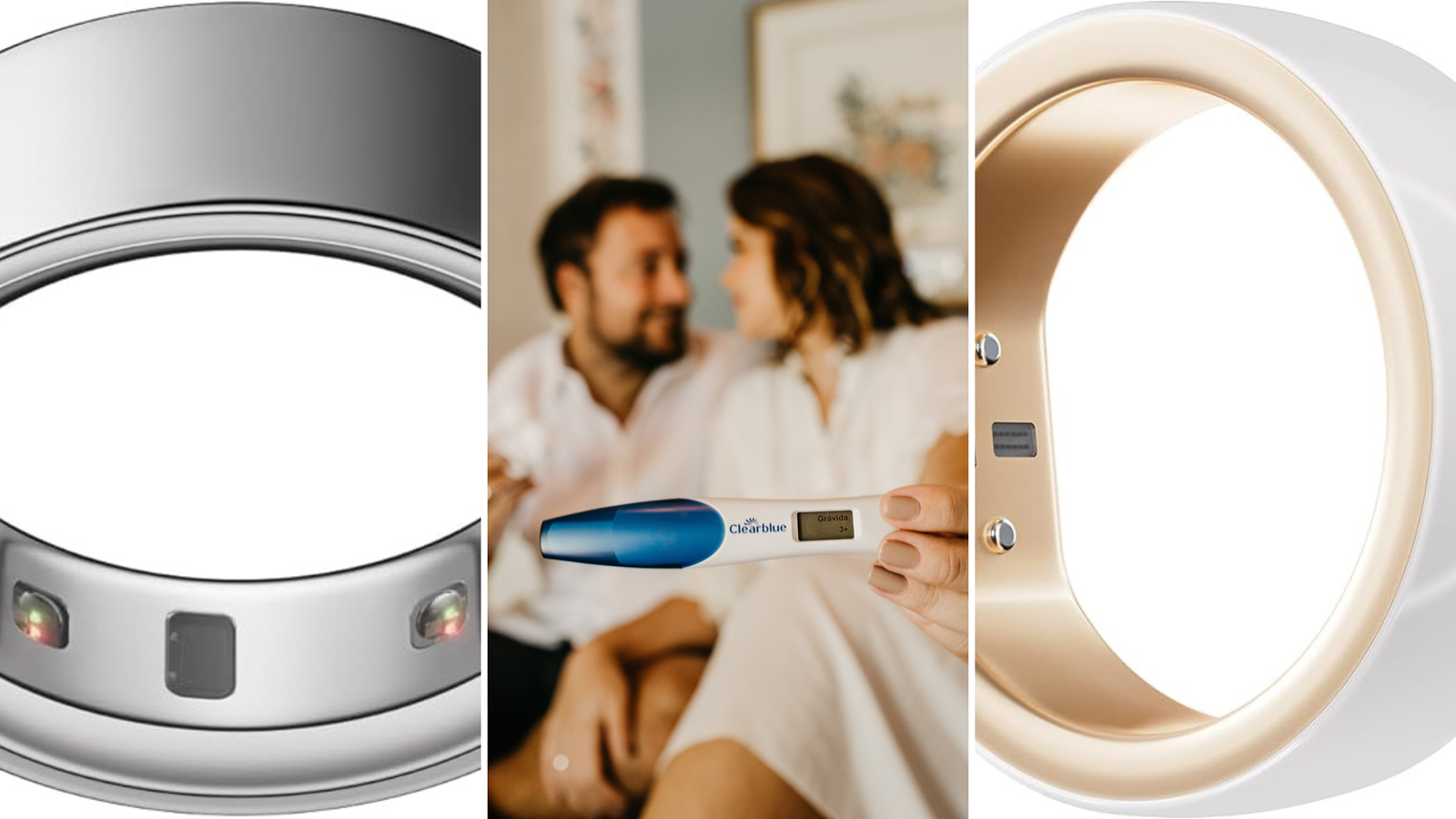Understanding your menstrual cycle is key to knowing your fertile days. The menstrual cycle includes ovulation, when an egg is released and pregnancy is most likely. While some believe there are “safe” days to avoid pregnancy, without contraception, there’s no foolproof time. However, fertility awareness methods (FAMs) can help in family planning.
Understanding the Menstrual Cycle
The average menstrual cycle lasts 28 days but can vary. It consists of four phases:
- Menstrual Phase: Days 1-5, when bleeding occurs.
- Follicular Phase: Days 1-13, when the body prepares for ovulation.
- Ovulation: Around Day 14, the egg is released.
- Luteal Phase: Days 15-28, preparing for a potential pregnancy.
Cycle lengths and ovulation timing can vary widely among individuals.
The Myth of “Safe Days”
Many think there are specific “safe” days after a period to avoid pregnancy, but this is unreliable. Ovulation can vary, making it hard to pinpoint non-fertile days. Without consistent contraception, pregnancy prevention isn’t guaranteed.
Factors Affecting Fertility
Several factors can influence your cycle and ovulation:
- Stress: Can delay or hasten ovulation.
- Illness: Can impact cycle regularity.
- Medications: Some can affect hormonal balance.
- Irregular Periods: Make it challenging to predict fertile days.
Fertility Awareness Methods (FAMs)
FAMs are natural birth control methods requiring diligent tracking:
- Calendar Method: Predicts fertile days based on past cycles.
- Basal Body Temperature (BBT): Tracks temperature changes indicating ovulation.
- Cervical Mucus Method: Observes changes in cervical mucus consistency.
While FAMs can be effective, they require commitment and understanding, and they aren’t as reliable as other contraceptive methods.
FAQs: Can I get pregnant 1 day after my period?
Yes, it is possible to get pregnant 1 day after your period ends. Sperm can live inside the female reproductive tract for up to 5 days, and if you ovulate early, there is a chance that sperm could meet an egg and fertilize it.
Can a little bit of sperm cause pregnancy?
Yes, even a small amount of sperm can cause pregnancy. It only takes one sperm to fertilize an egg, and pre-ejaculate fluid (pre-cum) can contain sperm.
How to confirm whether sperm went inside?
There is no immediate way to confirm if sperm has entered the uterus. However, you may look for signs such as the presence of semen in the vaginal area. For a definitive confirmation, a pregnancy test should be taken if you miss your next period.
When are the best chances of not getting pregnant?
The best chances of not getting pregnant are during the menstrual phase and just before the next period starts. However, cycle variability makes it unreliable. Using consistent contraception is the most effective way to prevent pregnancy.
When is it no longer safe to get pregnant?
The term “safe” here refers to avoiding pregnancy. It is generally “unsafe” to assume any time is completely safe without contraception. For those who want to conceive, fertility decreases with age, especially after 35.
When are you most fertile after your period?
You are most fertile during ovulation, which typically occurs around 10 to 14 days after the start of your period in a 28-day cycle. This is when the egg is released and can be fertilized by sperm.
Can I get a girl pregnant with watery sperm?
Yes, even watery sperm can contain viable sperm that can fertilize an egg. The consistency of the semen does not necessarily correlate with fertility.
What are the first signs when sperm meets with an egg?
The first signs of fertilization (sperm meeting the egg) are not immediately noticeable. Early signs of pregnancy can include missed periods, tender breasts, nausea, and fatigue, typically starting a few weeks after fertilization.
Can you get pregnant if he pulled out and went back in?
Yes, pregnancy can occur if the pull-out method is used, especially if he re-enters without cleaning up. Pre-ejaculate fluid can contain sperm and lead to pregnancy.
What to do immediately if sperm goes inside?
If you are trying to avoid pregnancy and sperm enters the vagina, consider emergency contraception (like the morning-after pill) as soon as possible, ideally within 72 hours. Consult with a healthcare professional for guidance.
Conclusion
There are no guaranteed safe days to avoid pregnancy without contraception. For effective pregnancy prevention, use reliable contraceptive methods. For more information on contraception and reproductive health, consult a healthcare professional.
Reference
- Wilcox AJ, Dunson D, Baird DD. The timing of the “fertile window” in the menstrual cycle: day specific estimates from a prospective study. BMJ. 2000 Nov 18;321(7271):1259-62. doi: 10.1136/bmj.321.7271.1259. PMID: 11082086; PMCID: PMC27529.
- Here is the reference using the provided details:
- Marcos etal. A fixed formula to define the fertile window of the menstrual cycle as the basis of a simple method of natural family planning. Contraception, 61(3), 177-184. https://www.sciencedirect.com/science/article/pii/S0010782499001067
- Sung S, Abramovitz A. Natural Family Planning. [Updated 2023 Jul 24]. In: StatPearls [Internet]. Treasure Island (FL): StatPearls Publishing; 2024 Jan-. Available from: https://www.ncbi.nlm.nih.gov/books/NBK546661/
Tools:
- Luteal phase calculator
- BBT Temperature Converter
- Birth control calculator
- Bishop Score Calculator
- Due Date Calculator
- Breast Cancer Recurrence Risk Calculator
- Breastfeeding Calories Calculator
- Clomid Ovulation Calculator
- Conception Calculator
- Due Date Calculator
- Egg Freezing Calculator
- Flange Size Calculator
- Ideal Weight To Get Pregnant Calculator
- Implantation calculator
- IVF success calculator after retrieval
- Menstrual or Implantation Bleeding Quiz
- MCA PSV MoM calculator
- hCG Levels Calculator
- IVF Due Date Calculator
- Who Got Me Pregnant Calculator
- Conception Calculator
- Pearl Index Calculator
- Flange Size Calculator
- Period Calculator
- TIRADS Calculator
- Egg Freezing Calculator
- Fundal Height Calculator
- Pregnancy Weight Gain Calculator
- Chances of Having Twins Calculator
- VTE Risk Score Calculator



